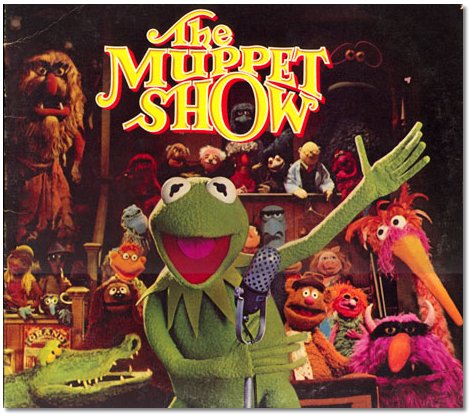
Henson was known for experimenting with his art and was a visionary who brought the world the Muppets (a mashup of marionettes and puppets) on TV, first in commercials and then in shows like Sesame Street and The Muppet Show, and later in movies. In college he created his first TV show and started using flexible fabrics to show emotions in his creatures. For a boy who believed magic was “making people laugh,” his early interactions with puppets were just the inspiration he needed.

By thirteen, Henson had had his first cartoon published, and by sixteen he was on TV working with puppets. Henson’s imaginative early life would serve as the foundation for his later creative efforts, a connection Krull and illustrators Johnson and Fancher also made in their biography of Dr. During his time at Maryland and WRC-TV, Jim Henson began to develop innovative puppetry skills that made his Muppets life-like and expressive, and that would have a profound effect on the way puppetry would be performed for television and films.Growing up in a farmhouse on the Mississippi in the 1930s, Jim Henson didn’t have a TV, so he had to make his own entertainment- watching nature, singing, storytelling, reading, writing poetry, and drawing. For Sam and Friends, Henson introduced many of the elements that would become mainstays of his Muppet Show aesthetic – music, zany humor, and an early Kermit as a lizard-like creature. Entitled Sam and Friends, this program earned Henson his first Emmy in 1958 – two years before his graduation from the University of Maryland.

While a student in a puppetry class, he met fellow University of Maryland student Jane Nebel, who was an early partner in his television shows and would later become his wife.įollowing a short-lived morning puppet segment on a local Washington station, Jim was hired by WRC-TV in 1955 to create a five-minute puppet show that would air twice nightly. His earliest endeavors into television took place immediately before and during his time as an undergraduate at UMD. As a freshman at the University of Maryland, Jim was given the opportunity hone his puppetry skills during a course in the Home Economics Department, as well as through practical experience. The multitude of artwork that survives from this point in Jim’s career indicates that he had a colorful visual imagination, a sharp eye for detail, and a creative knack for design. In 1954, Jim Henson entered the University of Maryland as a major in studio art.


 0 kommentar(er)
0 kommentar(er)
